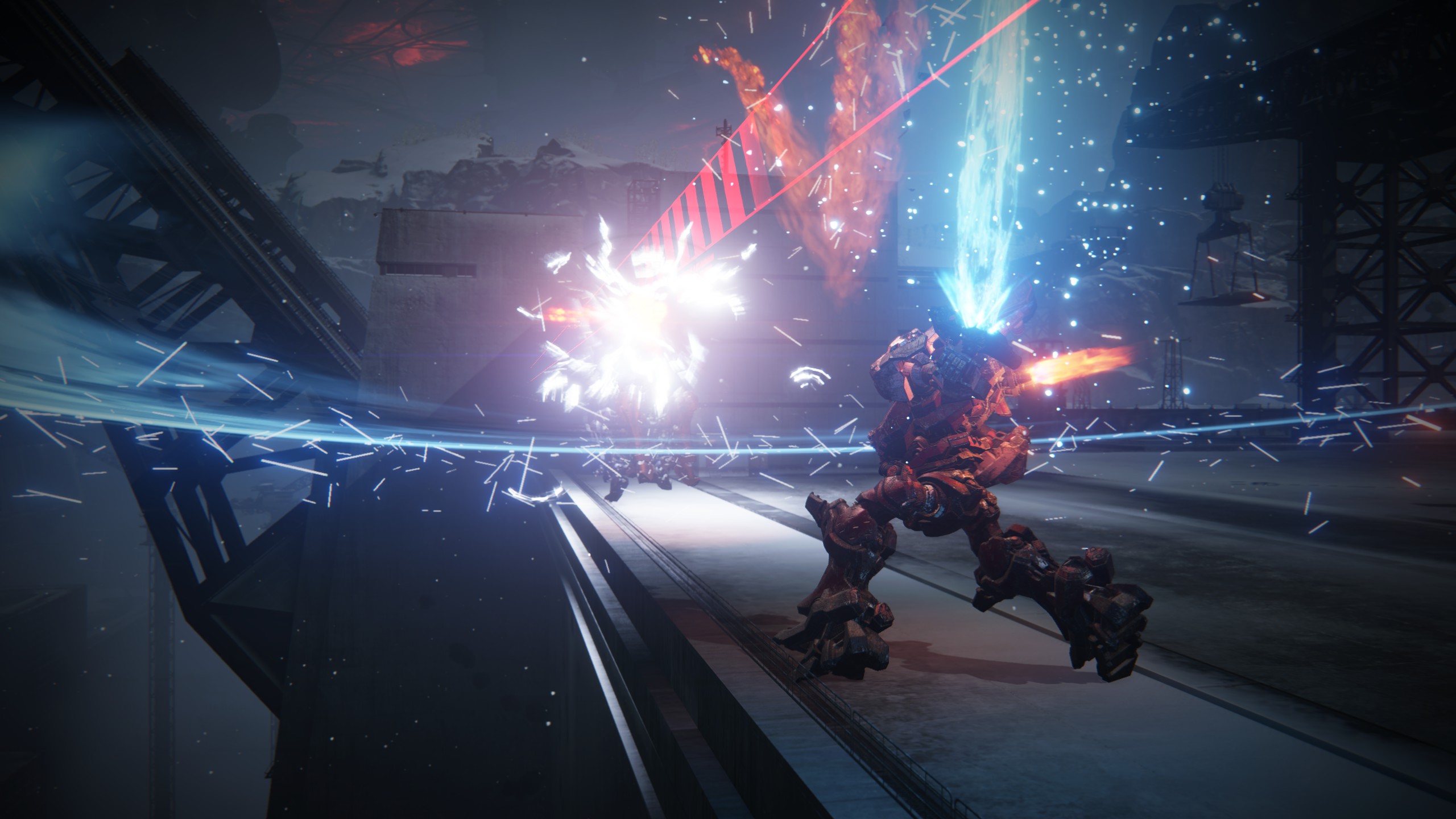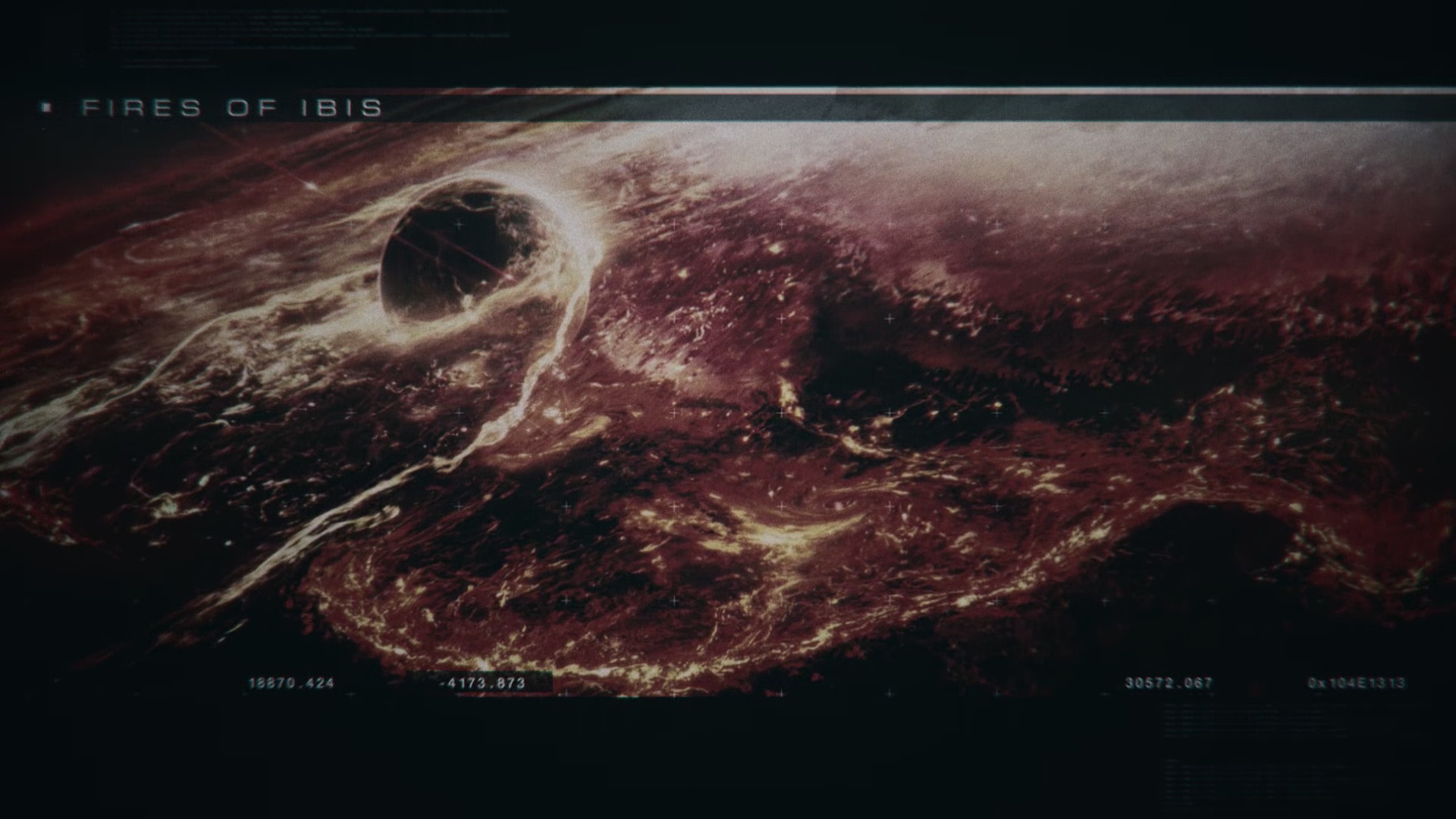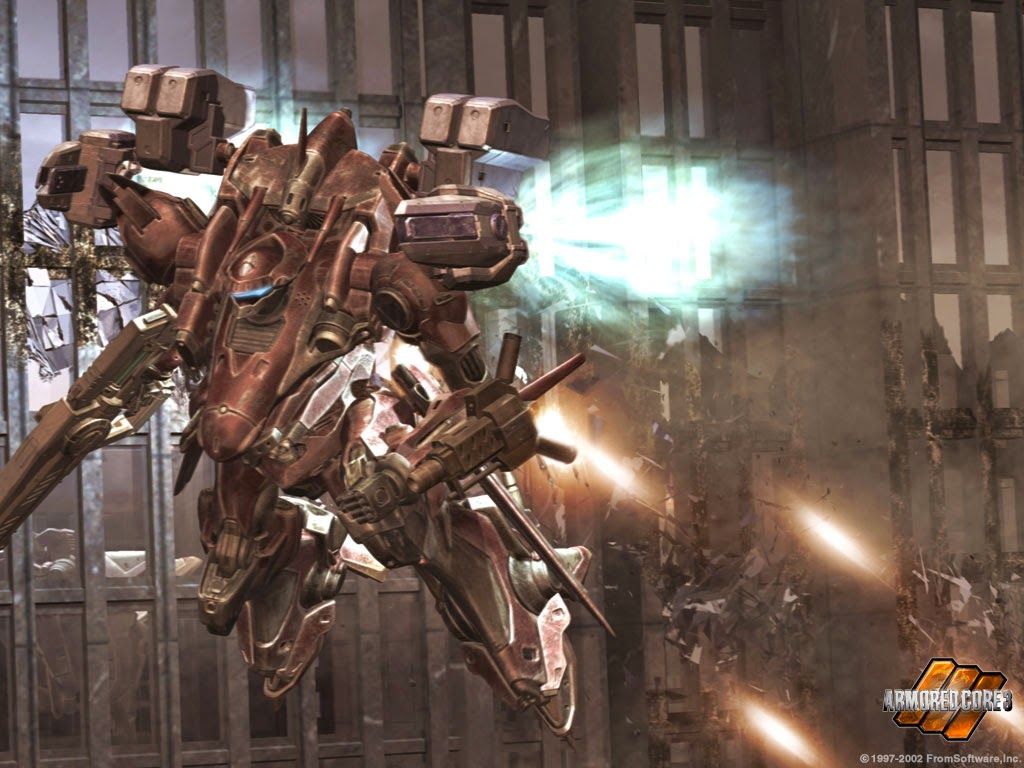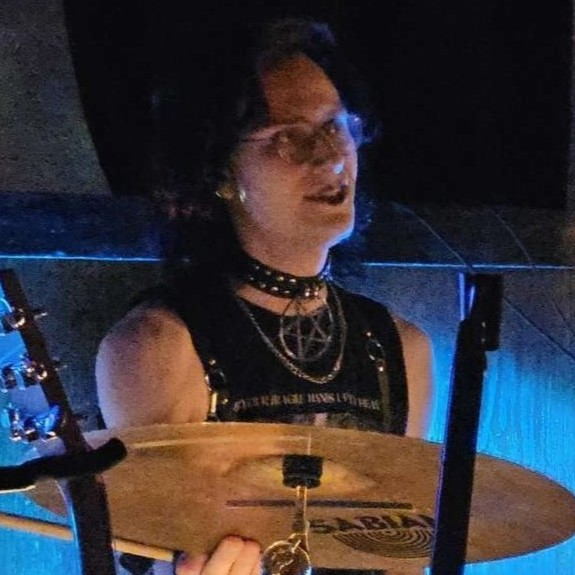Souls players and mecha newbies: Here's what you need to know about Armored Core
A quick recap of series lore, difficulty, and how Armored Core 6 compares to Dark Souls.

Today FromSoftware is one of the most popular game developers in the world—and yet the entire run of one of its foundational series is not easily accessible today. The first Armored Core released on the PlayStation in July 1997—it's taken 26 years for one of these games to arrive on PC, and not a single game in the series is available digitally on consoles. As a result, I expect a whole lot of people who love From Software's blockbuster Dark Souls series have never played Armored Core, and are curious whether their enjoyment will carry over.
We're confident that it will—we gave Armored Core 6 an 87/100 in our review—but this primer is for first-time pilots who aren't quite sure Armored Core is for them. If you still have lingering questions before signing the lease agreement on that fancy new mech, we've got answers.
What is Armored Core?
Armored Core 6: Fires of Rubicon is FromSoftware's latest high-speed mech action game. Despite the name, Armored Core 6 is actually the sixteenth entry into the world of freelance mech warfare (and the first release on PC), where mercenaries fight to the death on behalf of corporate sponsors and terrorist cells. The series has been on hiatus since From Software ascended to triple-A status with the Souls series.
The last Armored Core game, Verdict Day, hit seventh generation consoles nearly a decade ago.
How does it play?
Armored Core 6 is a lightning fast action game, combining frenetic third person shooting and swordplay with simulation-lite mech customization, where you have total freedom in terms of what kind of mech you build. Missions are typically contracts issued by corporations, offering flat payouts for dirty work done quick.
Surviving is one challenge, but turning a profit is another—every shell you fire, battery you drain, every dent in your armor are all tallied up and itemized on an end-of-mission receipt (though unlike in the old AC games, you can't go into debt in this one).
It's not uncommon to see upwards of two thirds of your paycheck go to ammunition and repairs, bills you'll forced to get used to paying once you start staring down Armored Core 6's monstrous boss fights, most of which have taken more than a few pages out of the Dark Souls playbook (and a few out of Sekiro's!).
Keep up to date with the most important stories and the best deals, as picked by the PC Gamer team.
If I find customization daunting, how much do I have to modify my mech?
If you really get into the Armored Core spirit, you'll be spending a lot of time tweaking and customizing your mech to taste and to suit the mission. In addition to a wide array of weapons and interchangeable leg, head, arm, core, generator, and thruster parts, you can also paint your mech and even tweak its metallic finish.
Don't be surprised if you end up devoting hours to the garage poring over energy recharge rates and leg weight tolerance values. But if you find that thought more intimidating than exciting, it isn't mandatory. Outside of playing around with weapons that suit you, you can make it through most of Armored Core 6 with the same basic build and playstyle. The plasma blade you start with, for example, remains powerful throughout the game.

While it's entirely possible to beat most Armored Core 6 missions without changing up your mech design, experimenting and upgrading parts can make some battles much, much easier.
How hard is Armored Core 6?

Even as a seasoned veteran of the series, Armored Core 6 has been beating my ass. While approaching difficult encounters with an open mind and a willingness to experiment with your build can make impossibly difficult battles feel much more manageable, a poorly timed boost or lunge can still instantly atomize my mech. There's no building around that.
A few standout moments in Armored Core 6 have demanded a greater level of planning and reflexes than any fight I've encountered in From Software's catalogue. Expect something more demanding than Elden Ring (maybe even outdoing Sekiro: Shadows Die Twice), but understand that the trial and error here is part of the fun.
How much is Armored Core 6 like Dark Souls, really?

While Armored Core has historically been a completely distinct entity from it dark fantasy siblings, there are common threads that bind them, and Armored Core 6 goes even a few steps further than before with shared mechanics. Key to success is adopting an "observe and learn" mentality, much like in the Souls series. Finding that your gatling cannon rounds are ricocheting off enemy armor? That might be betraying that their mech has a high kinetic energy resistance, and in turn, comparatively lower resistances to missiles and energy weapons.
Finding it too difficult to match pace with an enemy unit? That could be a sign that it's worth dropping any weapons you're not using to coax some extra boost power out of your thruster and generator. Placement and positioning are key, too—Armored Core 6's goliath mecha aren't able to see (or shoot) you on all sides, so getting in close, circle strafing, and dodging is oftentimes the best strategy available, one that should be familiar to Souls series veterans.
The posture meter from Sekiro: Shadows Die Twice returns in the form of the ACS system, where sustained attacks will stagger armored foes, leaving them vulnerable to devastating deathblows. Ultimately, there's enough of old school Armored Core's DNA in Souls, and Souls DNA in Armored Core 6, that anyone who loved one is likely to fall in love with the the other.
What is Armored Core 6 about?

Armored Core 6 is about how much mechs rule.
There is a story too, though. Years before the game starts, the planet of Rubicon 3 and its volatile energy resource, Coral, are the kindling for a massive solar storm deemed "the Fires of Ibis" that engulfs both the planet and several adjacent star systems. The Planetary Containment Administration, an oversight body created by the surviving governments, have blockaded Rubicon 3 to safeguard neighboring star systems from another cataclysm caused by coral tampering. Decades on, the blockade is weakened, and Rubicon 3 is all but open for business.
You play as a Raven, a cybernetically enhanced, freelance mercenary operating in tandem with an operator who gives you orders. In this case that's "Handler Walter," the shadowy operator who revived you from near-death.
During the campaign you'll take missions to aid the various corporations vying for power and control of the coral on Rubicon 3. Allies will become enemies and vice versa, depending on the mission, and the narrative branches at certain points as you decide who to side with. But you're always a mercenary working under the thumb of capitalism—there are no permanent allegiances.
Do I need to know anything about the other Armored Cores?

Not really, no. Each mainline Armored Core takes place in (more or less) separate universes. There are a few callbacks you might miss, but it's safe to jump into Armored Core 6 straight away. That said, you're missing out on some killer, series-defining music you'd do well to catch up on.
How can I play the older entries?
If you want to track down some used discs, the older Armored Core games emulate nearly flawlessly on PlayStation emulators Duckstation & PCSX2. Those discs are easy to dump if your PC still has a disc drive (USB ones are really cheap these days, too). The ability to rebind controls through an emulator can make the early Armored Core games a lot easier to return to, too. I recommend rebinding the turn and pitch button inputs to the right analog stick—the PS2 had analog face buttons, so playing the game this way will make it feel like it was designed for a modern controller.
Armored Core 4 and For Answer both perform well enough on PlayStation 3 emulator RPCS3, but expect to jump through some hoops in order to truly capture the power of the Cell processor.
Prior to Fires of Rubicon, jumping back to Armored Core from a Souls game was a much more awkward, albeit still similarly rewarding, experience. Both Armored Core and the Souls series do share a considerable amount of DNA, ultimately rendering them closer relatives than they may look at first glance. Especially if you love the Fashion Souls lifestyle in FromSoftware's RPGs, give Armored Core 6 a try—there's so much to customize here, between parts, paint jobs, and emblems. You can even import your own images and share your designs with other players online.

Nova Smith is a freelance writer based out of Alberta, Canada. Nova's grab bag of non-gaming interests and passions includes Japanese mecha anime, miniature painting, as well as history, literature, and classical music. Nova also moonlights as a bureaucrat and amateur historian.

